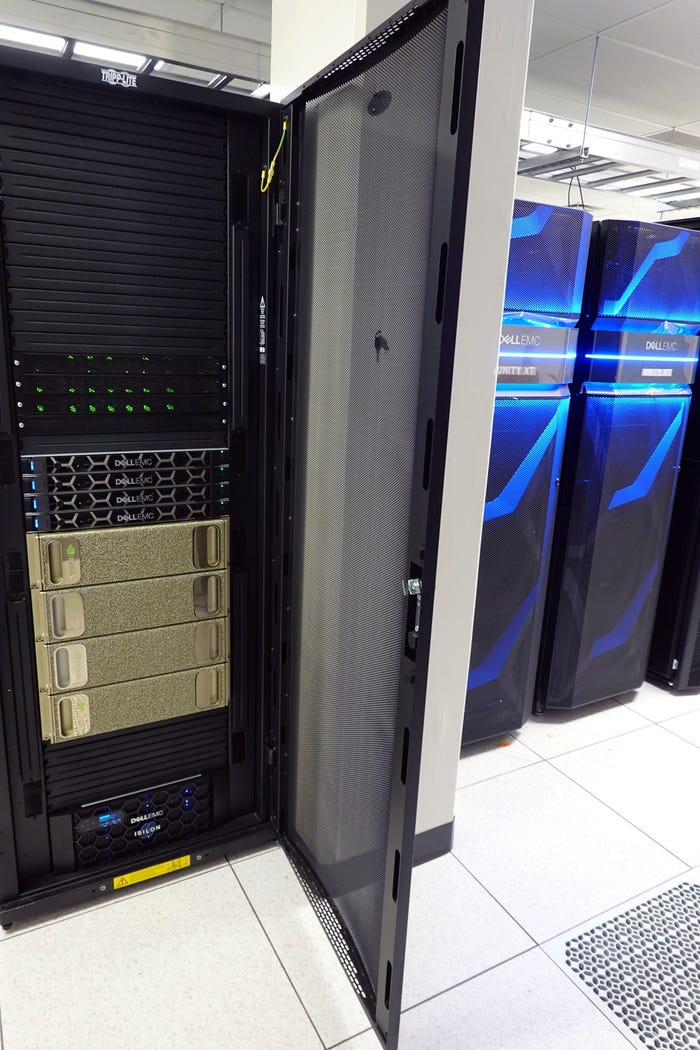How the US Postal Service Is Using AI at the Edge to Improve MailHow the US Postal Service Is Using AI at the Edge to Improve Mail
Edge computing systems automate package identification at nearly 200 USPS processing centers.

If you paid attention to the US presidential election in 2020, the US Postal Service scandal probably came across your screen. The agency’s resources were stretched so thin, it was feared, that it would become a bottleneck in an election where an unprecedented number of people would vote by mail.
If you were left with the impression that USPS’s budget was close to if not in the red, you may feel some cognitive dissonance when you read that as an enterprise, it is one of the few success stories about the use of AI by the federal government.
“The innovation work I have seen at the Postal Service has been unique as a government agency,” Anthony Robbins, who runs the federal sector business at Nvidia, said. Robbins has been at Nvidia for the last five years, but he’s spent more than three decades selling big vendors’ technology to the federal government.
He spoke with reporters Wednesday to give an update on an AI infrastructure deployment at USPS. Nvidia first announced the deal with the agency in 2019, before the systems were deployed.

The USPS processes 20 million packages per day on more than 1,000 machines like this Small Package Sorting System.
USPS now has AI inference systems running at its 190-plus processing centers around the country. It’s an example of a use case for edge computing infrastructure for AI we hear about so often, where a network of computers deployed at the edge applies a trained machine learning model for image recognition.
Few Enterprises Have Managed to Use AI as Well as USPS
Donald Trump’s presidential administration made AI development a strategic priority for the government. But “the federal government has been working on artificial intelligence for a long time,” Robbins said.
Yet, according to him, it’s still a challenge for government agencies to deploy AI the way USPS has. “There are not many enterprise-wide AI/ML computer vision projects that have been deployed at this scale, across the whole enterprise, especially not in the case of government.”
USPS has thousands of scanning devices and cameras used in processing packages. It processed more than 129 billion pieces of mail in 2020.

Cameras mounted on the sorting machines capture addresses, barcodes, and other data such as hazardous materials symbols.
More than 20TB of image data gets generated every day just from package processing, Robbins said. The goal behind the AI project is to build a database of package images to improve processing efficiency over time. USPS processed about 7.3 billion packages last year.
“They do image classification and object detection on their packages,” he said. The system helps determine postage requirements of a package, for example. It does address verification and checks whether the postage has been paid. It helps identify a package when the barcode is damaged and illegible. Using the system, USPS workers can now find lost packages much faster.
USPS AI Models Trained at the Core, Deployed at the Edge
The project (now called the Edge Compute Infrastructure Program, or ECIP) was started by a single data scientist in the Postal Service’s engineering organization. The agency later added 10 more full-time contractors from Accenture Federal Services, Robbins said.
The Postal Service deployed Nvidia EGX servers by HPE at its processing centers. EGX is a reference architecture by Nvidia for vendors that build servers with its GPUs. USPS is using Nvidia’s Triton Inference Server software to do the inferencing.

AI algorithms were developed on NVIDIA DGX servers at US Postal Service data centers.
The agency also deployed 13 Nvidia DGX systems in two of its data centers to train the AI model that’s running at the edge, according to Robbins. He added that the USPS has now built seven algorithms and deployed them to its edge computing network.
While ECIP is currently focused only on packages, the team has put a “framework” in place for expanding it in the future, Robbins said.
About the Author
You May Also Like







